Southwest Michigan field crops update – July 2, 2020
Summer has definitely arrived and the hot and dry weather is expected to advance, and in many cases stress, crop growth and development.

Weather
June was drier than normal for most parts of southwest Michigan and some parts of the south central region. Although scattered and isolated thundershowers brought high rainfall amounts locally, the region overall received 3 inches of rainfall on average as recorded at Michigan State University Enviroweather stations. With greater than 90% chance of having daily highs over 90 degrees Fahrenheit for at least the next 10 days, the daily evapotranspiration rates are expected to be high (see Irrigation section below).
With little precipitation expected in the coming week and above-normal temperatures predicted for at least the first half of the month, July may end up being a challenging time for crop growth for those without irrigation. Crops planted early enough to develop adequate roots and access soil moisture this spring will be better able to weather this hot and dry period. MSU Extension soybean educator Mike Staton says that soybeans are able to slow down shoot growth while maintaining root growth to access deeper moisture when faced with such conditions.
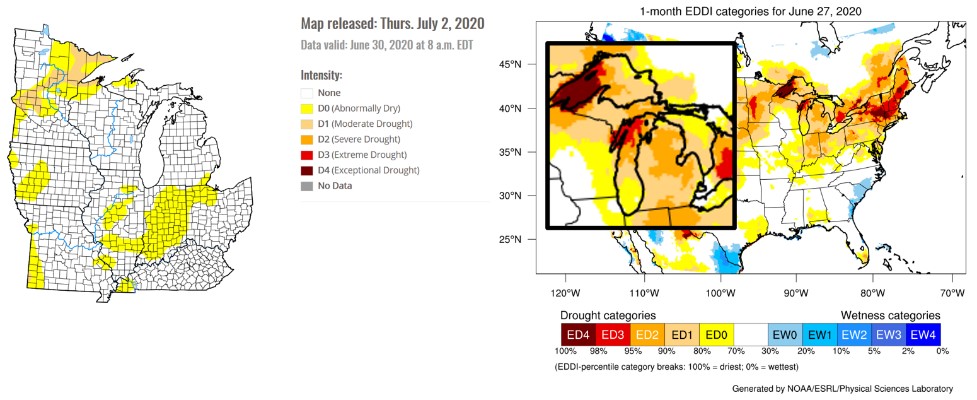
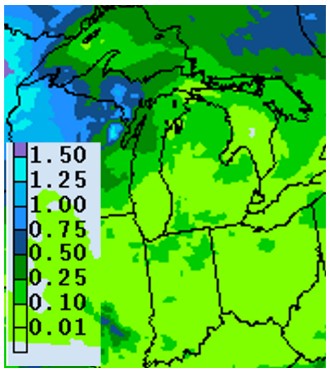
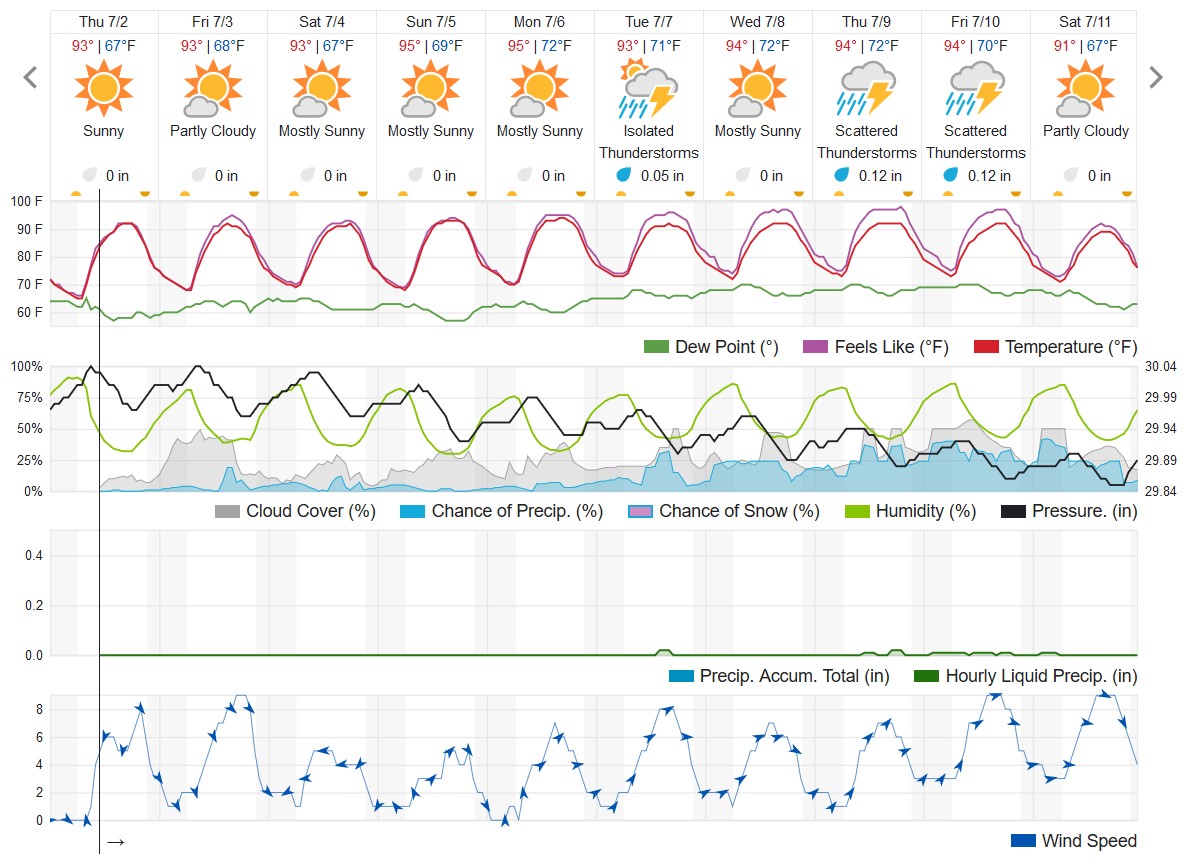
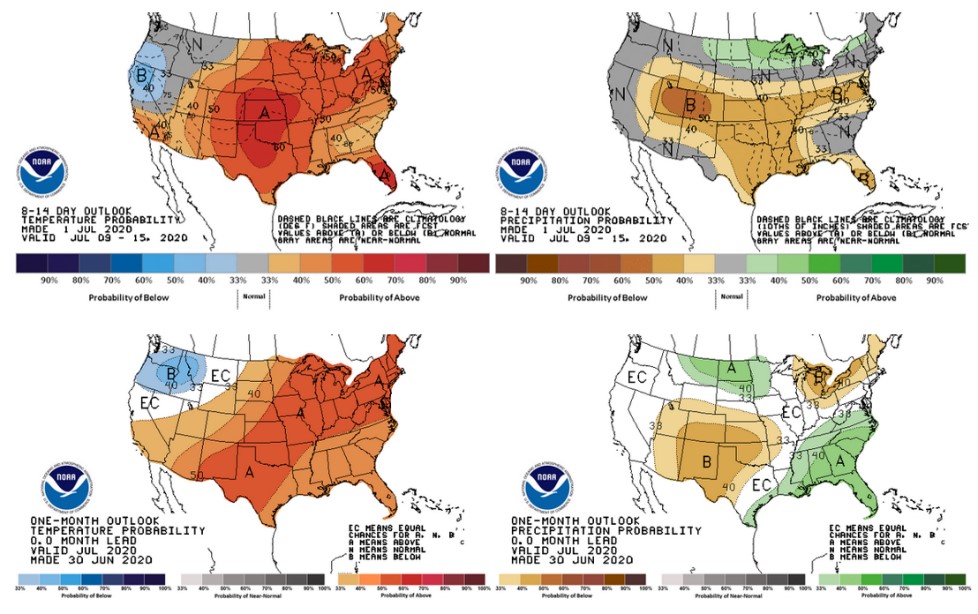
Corn
The corn crop in the region is at V10 for early planted to V4 for late planted. We have not received reports of widespread problems with this year’s crop. MSU Extension field crops pathologist Marty Chilvers says the hot and dry conditions will likely delay symptoms this year but not prevent the onset of the disease. Western bean cutworm trapping has begun in Indiana and Michigan, and we will keep you informed of moth counts as the summer progresses.
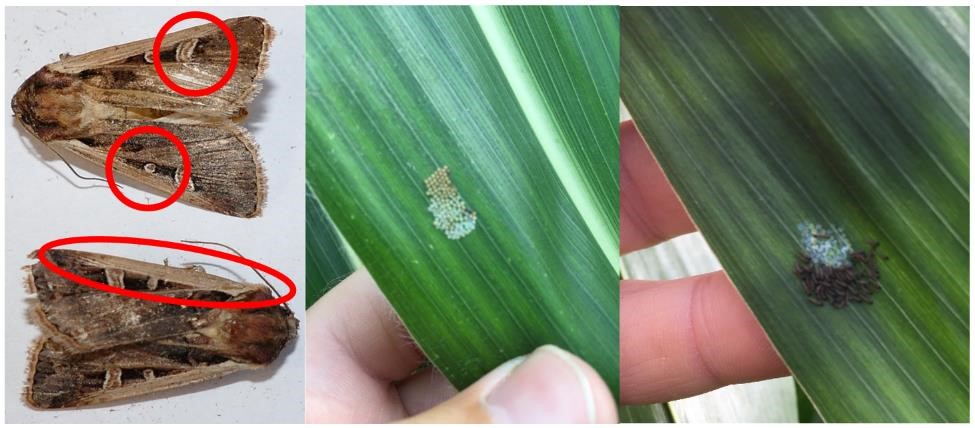
Soybean
Soybeans are between V2 and V6 with reports in mid-Michigan of some fields reaching R2 already. Staton says the risk of white mold is low under hot and dry conditions except as canopies close with tight row spacing and high plant populations under irrigation. MSU Extension field crop entomologist Chris DiFonzo cautions to be on the lookout for signs of spider mite injury along field borders as they thrive under hot and dry conditions due to low pressure from pathogenic fungal species.
Herbicide applications should be nearing completion. MSU Extension field crop weed specialist Christy Sprague says to pay close attention to the presence of temperature inversions, which are expected almost on a daily basis with the upper air system we will have for the next week or more, and avoid spraying until the potential for an inversion exists. MSU Extension agriculture climatologist Jeff Andresen says these usually dissipate by around 8 a.m. as temperatures increase, but checking the Temperature Inversion Potential tool on the MSU Enviroweather website is recommended before spraying.
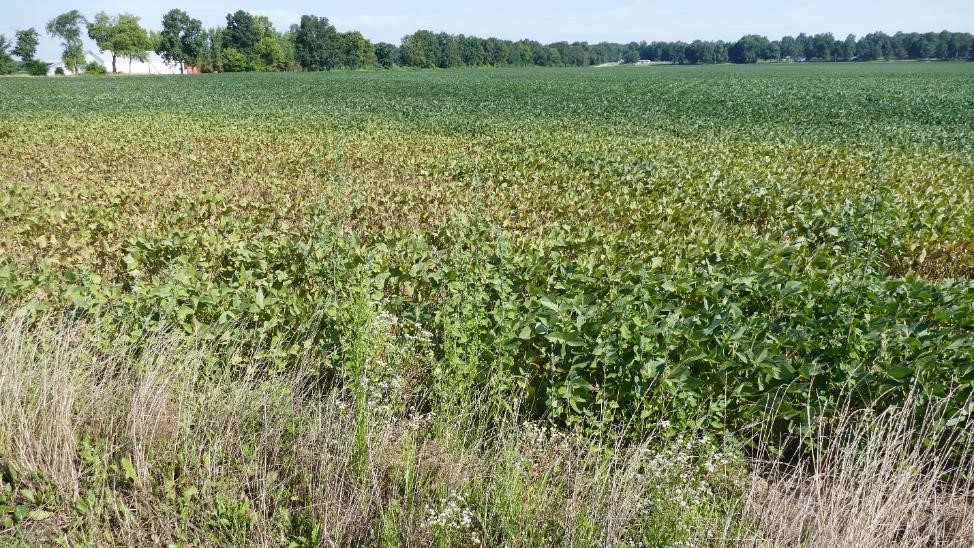
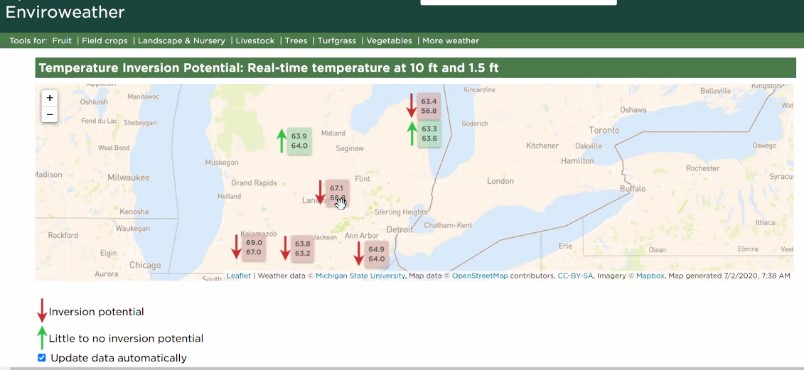
Wheat
The wheat crop in the southwest is on track for harvest to begin the week after Independence Day weekend. With 62% of the winter wheat crop rated as good or excellent and another 27% as fair, projections are for a strong yield this season.
Irrigation
With high temperatures reaching into the mid-90s for at least the next 10 days, daily reference potential evapotranspiration rates (rPET) are expected to be 0.2 to 0.25 inches. It is important to know how much water the crop in each field needs based on its stage of development. To calculate current crop water need, multiply the rPET by the crop coefficient (Kc). For example, for a corn crop at V8, the water need would be 1.6 inches (estimated from National Weather Service map above) x 0.56 = 0.9 inches water per week. For soybean at V3, water need would be 1.6 inches x 0.3 = 0.48 inches per week.
You can find rPET information for the closest MSU Enviroweather station by selecting “Field crops” from the main page and then scrolling down to “Water-use tools.” You can even sign up to receive daily text messages with rPET data for the previous three days and estimated values for the current day and seven days into the future for the stations you choose.
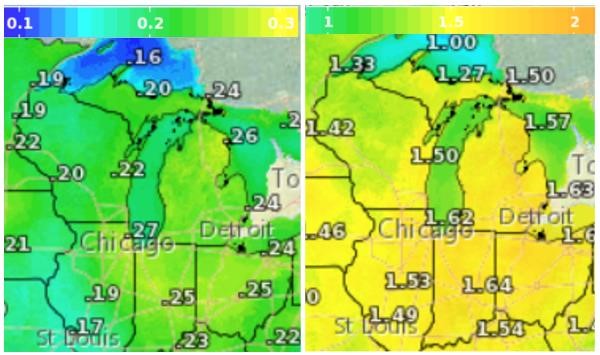
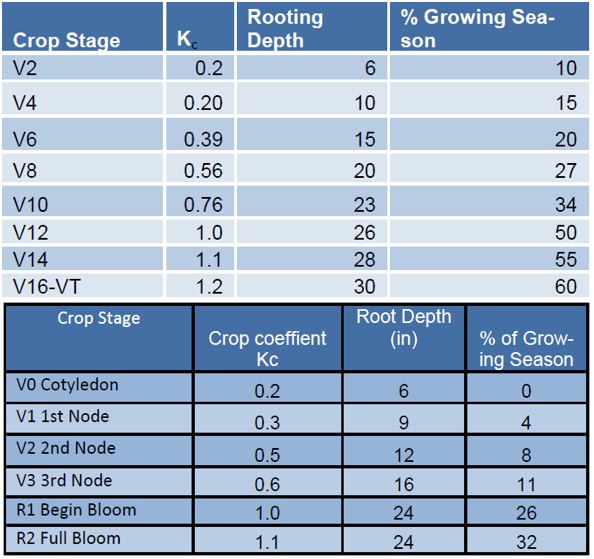



 Print
Print Email
Email